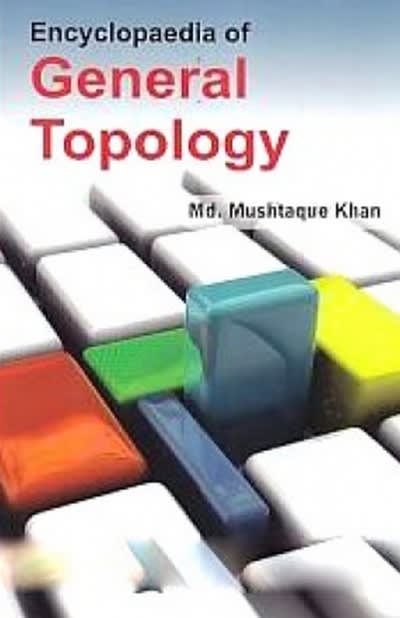Question
Read the article Cheap combo pill cuts heart and stroke risks, (https://medicalxpress.comews/2019-08-cheap-combo-pill-heart.html) which appeared in The Seattle Times on August 23, 2019. Use the Guidelines

Read the article "Cheap combo pill cuts heart and stroke risks", (https://medicalxpress.comews/2019-08-cheap-combo-pill-heart.html) which appeared in The Seattle Times on August 23, 2019. Use the "Guidelines for Evaluation of a Study and a News Report" to evaluate this news article. Briefly comment on the study quality, interpretation, and the reporting done by the news article. You are not expected to read the original research article. Your answers can be listed as bullet points but should include a brief rationale for your answer.
1. Context: Have there been other studies on this topic?
2. Independent Comment: Are there comments from independent scientists who are not part of the study?
3. Source: Who conducted the study and who paid for it?
4. Headline: Does the headline accurately reflect the story and the strength of the evidence in the story?

Step by Step Solution
There are 3 Steps involved in it
Step: 1

Get Instant Access to Expert-Tailored Solutions
See step-by-step solutions with expert insights and AI powered tools for academic success
Step: 2

Step: 3

Ace Your Homework with AI
Get the answers you need in no time with our AI-driven, step-by-step assistance
Get Started


